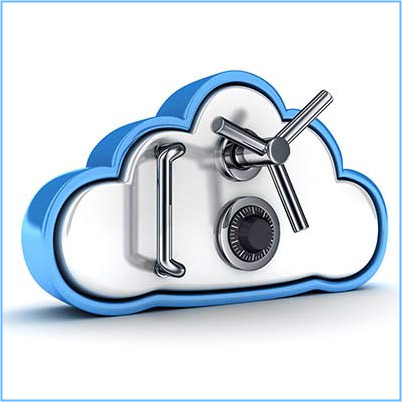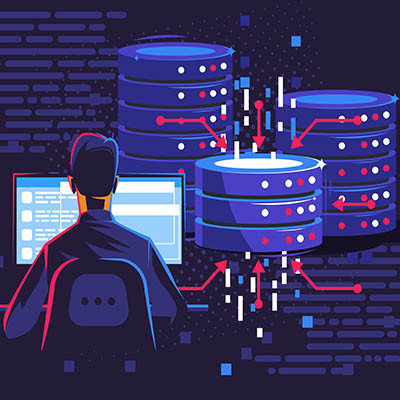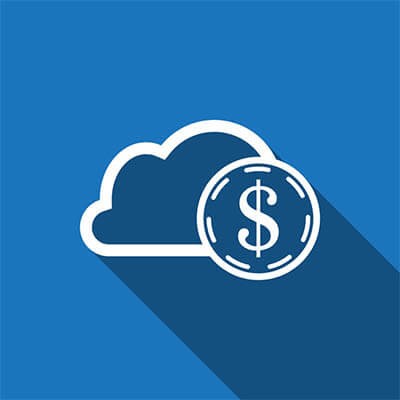Let’s face it… “government” and “innovation” aren’t usually associated with one another. Despite the finances that these organizations have, these funds are generally spoken for (on top of not always being used as efficiently as they could be). However, some government operations have started embracing cloud services, which has led to benefits for their entire communities.
Phantom Technology Solutions Blog
While we're big proponents of cloud services, including those used for data storage, it is important to point out that it isn't just a matter of having a cloud. Whether you're using your cloud storage as your business' primary data storage or simply using it as a backup, part of your considerations needs to be whether or not your cloud storage remains secure.
Smart devices have enabled individuals and businesses to push the limits of connectivity, allowing them to have unprecedented amounts of control over their offices and homes. People can turn down their thermostats or lock the front door with the click of a button, as well as control how much power their homes consume. However, security is a pain point for these types of connected devices.
Have you stopped to consider how much your business spends every year on data storage and warehousing? If not, you might be surprised by how much this process actually costs, both in terms of capital expenses and operational costs. We’d go so far as to say that you’re spending more than you need to.
The primary difference between an enterprise and a small or medium-sized business is simply how big it is. Due to this size, many of the tools used by enterprises are so powerful and dynamic that they can easily be used by businesses much smaller. Let’s take a look at what some of these technologies and processes are.
Profitability is less the measure of being able to turn a profit, and more the measure of how much profit you can make. For the successful small business, the integration of technology can dictate what kind of annual margins you are looking at. For the new company, however, it can be something even more critical: the difference between setting a course for success, or wallowing in failure. Today we analyze the cost difference between hosting your IT in-house, or choosing to host it in the cloud.
The cloud has proven to be an extremely useful tool for the modern business. Not only does it provide anywhere-anytime access to applications, processing, storage, et al; it also delivers those products as a service, allowing you to budget for recurring costs rather than major upfront ones. This provides your organization with functional, supported, and secure computing environments that eliminate a lot of the support costs that traditional computing environments require. It sounds like a perfect scenario for small and large businesses alike, but things aren’t always what they seem, as a lot of cloud users have found that they have incurred several hidden costs by using cloud platforms. Today, we take a look at these hidden costs.







